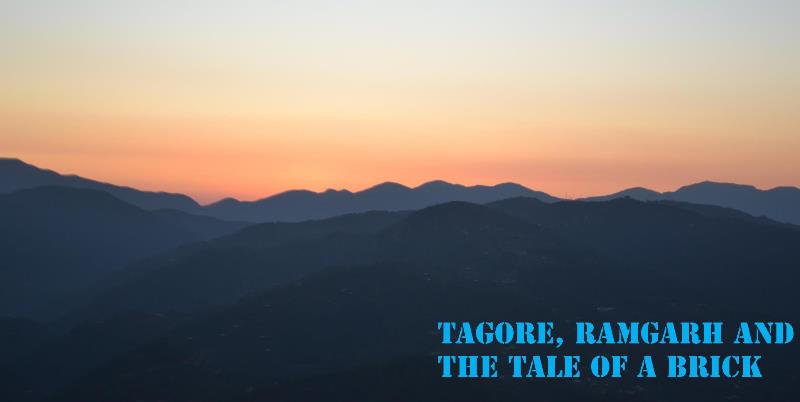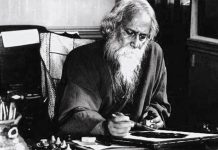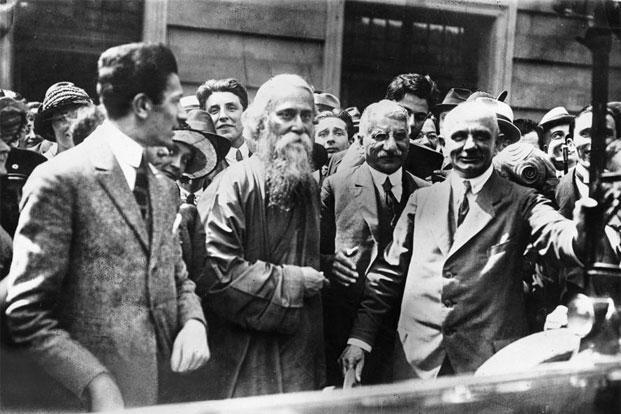
As tourism as an industry destroys our ways of seeing , and imposes its package of food, entertainment and time-governed spot visits, The New Leam team undertakes a qualitatively different journey. Gandhi’s spirit of walking and Thoureau’s love for the woods and solitude—the treasure was with us. We rediscovered Tagore at Ramgarh, and the tale of a brick enlightened us.
Ramgarh in Uttarakhand is quiet and beautiful, almost like Tagore’s poetry. The vastness of the mountains, the snow-clad Himalayan peaks, the rhythmic path, the abundant sky and the whisper of trees—Ramgarh takes us to a world in which the noise of the city, its reckless speed and constant flow of people as ‘resources’ for economic growth look utterly futile. Instead, we begin to find ourselves—the eyes that are eager to discover the yellow butterfly roaming around the tiny blue flower blooming amidst the solid rocks of the mountain, the village woman with a wrinkled face walking through the temple in the deep valley; the souls that receive the vibrations of the distant peak. Is it that Ramgarh makes it possible for us to realize the ‘surplus of man’?
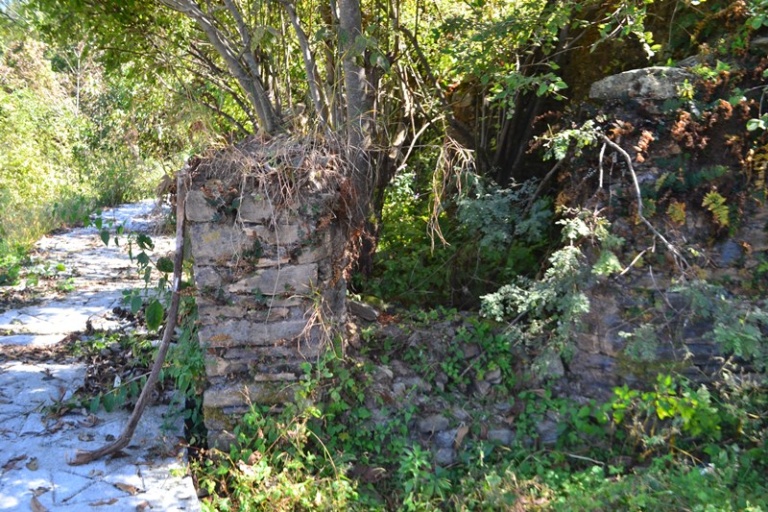
Yes, Rabindranath Tagore too came here, lived at Ramgarh, and wrote some of his beautiful poems. Naturally. Here the poem and the poet become one. Nature becomes the finest artist’s most amazing landscape. We too found the silent/mysterious/rhythmic path that took us to the hut where Tagore lived. We began to walk. The garland of mountains, the galaxy of trees, the extraordinary silence of the path, the remarkable absence of the traces of invasion of modernity—we were hearing the sounds of our own footsteps. And eventually, we found it. We touched it. We felt it.
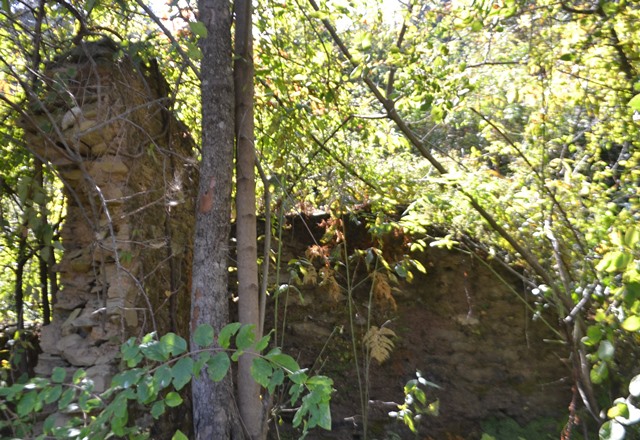
Even though we saw the ruins, the broken walls, we realized the dialectic of time and timelessness, history and transcendence. There was a time when Tagore lived here; he looked at the same mountains; he too felt the divinity of the Himalayan peaks, the silence of the abundant sky filled with planets and stars. He too prayed the Upanishadic prayer: ‘ Take me from the unreal to the real, from darkness to light’. Now it is a faded manuscript—the ruins amidst huge trees and tall mountains. Yes, what is phenomenal passes away. None can escape it. Buddha could not retain his body; Tagore could not retain the hut where he lived. The experience of this cold detachment of time causes pain; yet, it enlightens. We realize that what remains, despite this wheel of time, is the search for the transcendent.
2017. We are here at Ramgarh touching and feeling the bricks of the broken walls of the hut in which Tagore lived. Suddenly, a brick becomes alive, smiles, begins to whisper in our ears:
“I am elated. You are here. You have given your warmth to me. You are like my Tagore—kind, gentle, soft. In fact, everyone is a poet, a mystic, a wanderer. People do not realize it. They get caught up in what Albert Camus regarded as the ‘absurd’. I believe you are in the right path. Be with me for some time. See the snow clad mountains, feel these trees, look at the valley and the sky, experience the grace of silence. Are you realizing the spirit of Tagore’s religiosity? This is to realize the infinite in the finite. This is about love and prayer, wonder and ecstasy.”
Time passes. The brick has disappeared. We undertake a return journey. No words. Silence prevails… An old leaf falls from a tree. A bird flies. The clouds embrace a mountain peak.
The New Leam has no external source of funding. For retaining its uniqueness, its high quality, its distinctive philosophy we wish to reduce the degree of dependence on corporate funding. We believe that if individuals like you come forward and SUPPORT THIS ENDEAVOR can make the magazine self-reliant in a very innovative way.

